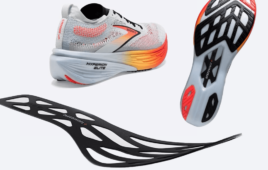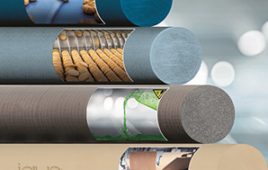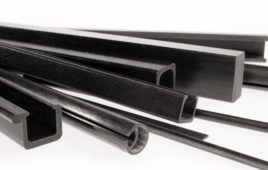To most, earwax is just one of many odd and icky substances produced by the human body. But for a group of scientists at the Georgia Institute of Technology, it may serve as a model for synthetic filters and adhesives used in robotics and other technological fields.
Their efforts were inspired by Alexis Noel, a doctoral student working in David Hu’s laboratory, whose boyfriend was forced to visit the doctor after water became trapped in his ear — stuck behind a blockage of earwax.
“A couple years later I was reminiscing and thought: why would it block the water like that? And it just started this snowball effect of me and David [Hu] just asking questions about earwax and how it works,” Noel explained in a news release.
Those questions led to lab experiments and tests, which offered insights into the unique physical qualities of earwax. Earwax is an exceptional filter. The physiological purpose of earwax is to block and trap debris and bacteria, keeping foreign particles from making their way into the inner ear.
Its adhesive qualities help capture particulates. As the wax accumulates dust, it begins to break down and crumble, allowing it to exit the ear and make way for fresh wax.
Noel and her colleagues determined earwax to be a non-Newtonian, shear-thinning fluid. It is extremely sticky and static when untouched, but begins to flow more quickly when outside forces are applied to it. Though earwax remains in the ear for some time, it eventually makes its way out as it is influenced by the pressure and movements of the jaw.
The combination of qualities allows earwax to do its job effectively, but without overstaying its welcome. Such qualities could make for an ideal adhesive filtering agent, useful for robots or machinery.
But scientists say they still have more research to do before they can start putting earwax on robot gears.
“Obviously you’re not going to have earwax sitting on a Mars rover to protect it from dust,” said Noel. “We are still trying to understand what is earwax and how does it work the way it works. And once we really understand that we can start applying it [to new technology].”
Noel — who is no stranger to odd research topics — is preparing to present the work of her and her colleagues at the 2017 annual meeting of the Society for Integrative and Comparative Biology.
Filed Under: Materials • advanced




